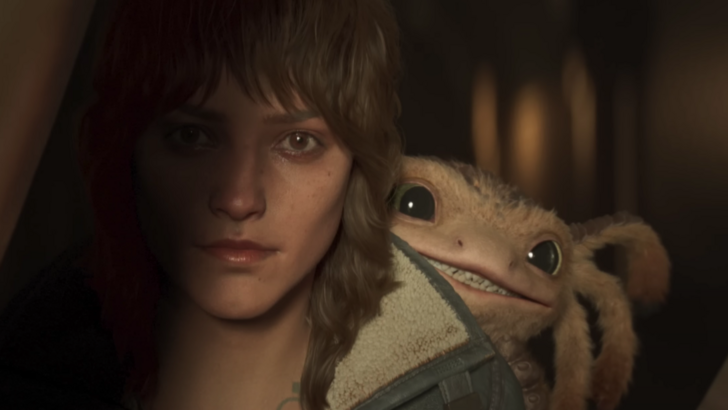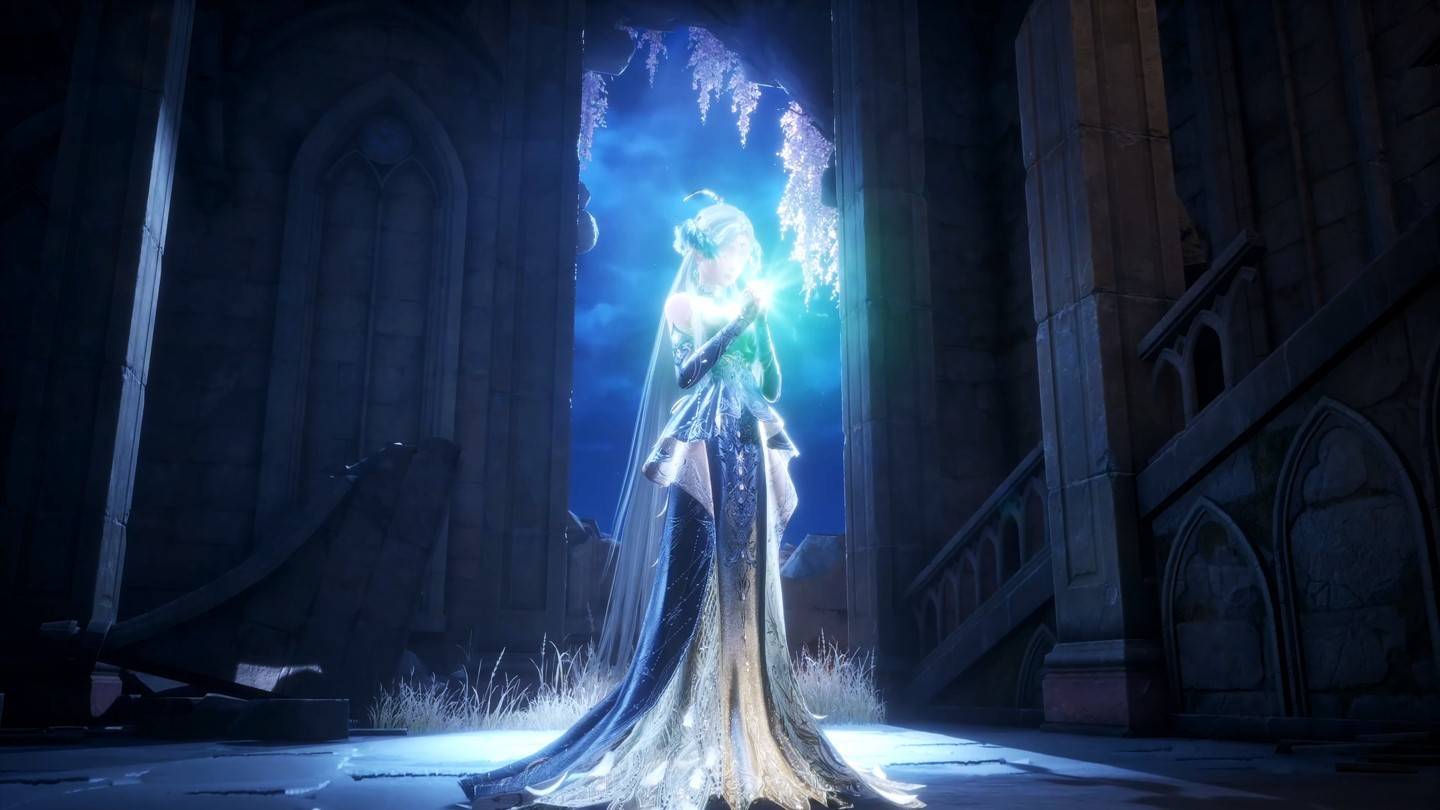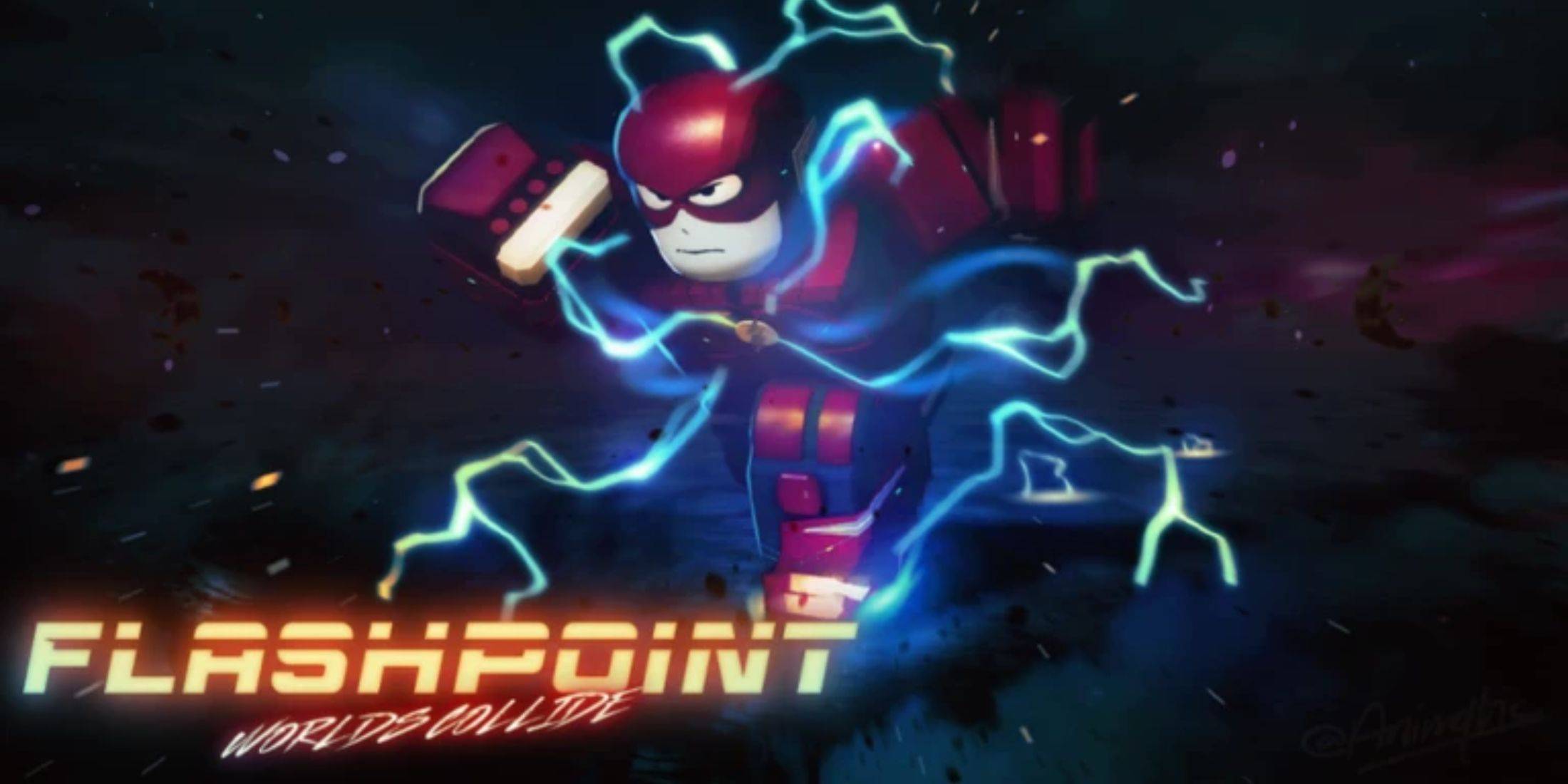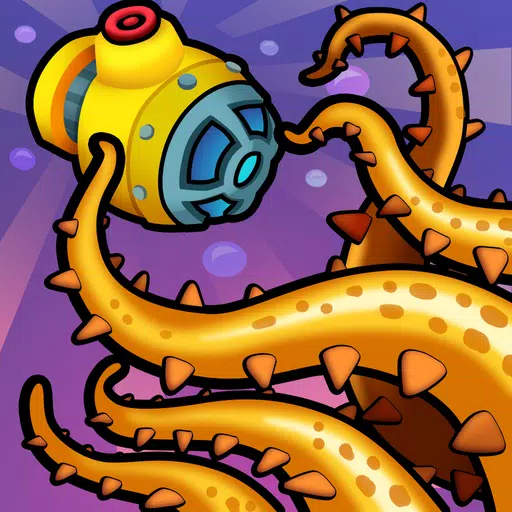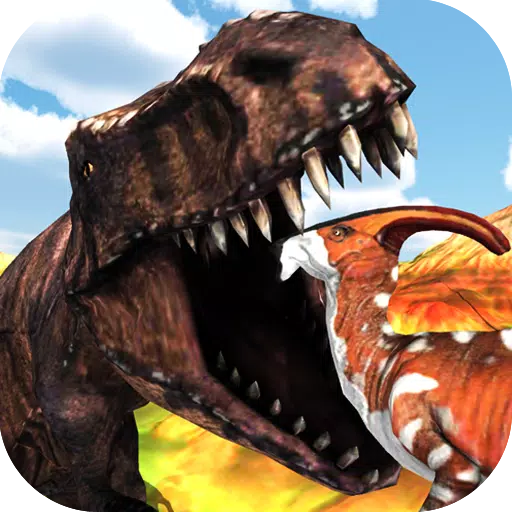"Science Revives Extinct Dire Wolves"
Bringing a super-sized canine back from extinction after 12,500 years might sound like a plot straight out of a blockbuster film, complete with dramatic special effects. Yet, it's become a reality, and the world now has three dire wolves residing in a secret location in the US.
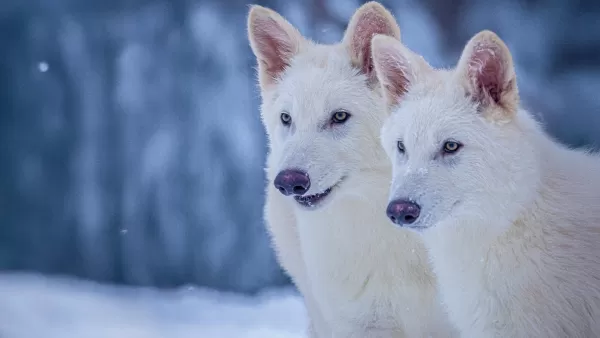
“I could not be more proud of the team. This massive milestone is the first of many coming examples demonstrating that our end-to-end de-extinction technology stack works,” stated Ben Lamm, CEO of Colossal.
“Our team took DNA from a 13,000-year-old tooth and a 72,000-year-old skull and created healthy dire wolf puppies. It was once said, ‘any sufficiently advanced technology is indistinguishable from magic.’ Today, our team gets to unveil some of the magic they are working on and its broader impact on conservation.”
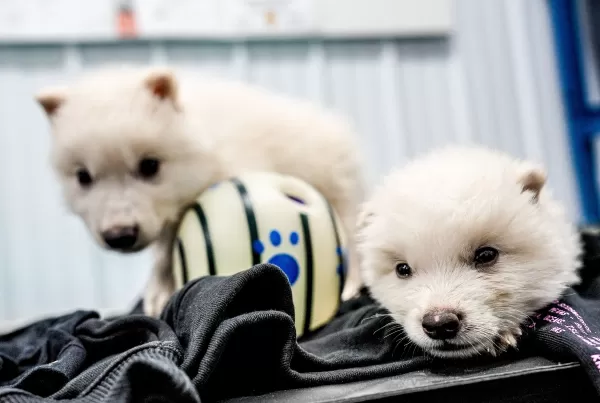
Colossal Biosciences' mission extends beyond creating viral sensations and unique pets. The company aims to apply its findings to preserve current species for future generations.
“The de-extinction of the dire wolf and an end-to-end system for de-extinction is transformative and heralds an entirely new era of human stewardship of life,” said Dr. Christopher Mason, a scientific advisor and member of the board of observers for Colossal.
“The same technologies that created the dire wolf can directly help save a variety of other endangered animals as well. This is an extraordinary technological leap in genetic engineering efforts for both science and for conservation as well as preservation of life, and a wonderful example of the power of biotechnology to protect species, both extant and extinct.”
As for these dire wolves, Colossal Biosciences has collaborated with the American Humane Society and the USDA to ensure their 2,000+ acre preserve meets the highest standards, providing a safe and nurturing environment. These superstars are cared for by a dedicated team of staff, ensuring their well-being and comfort.












